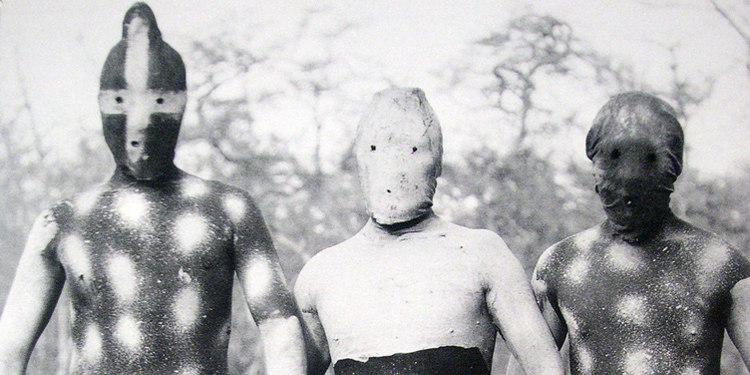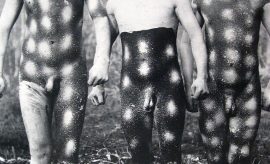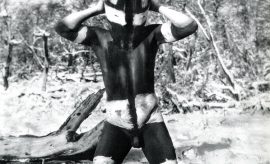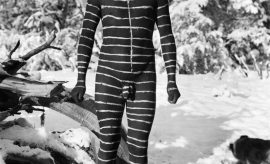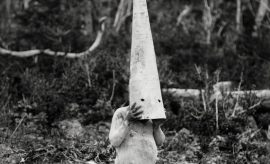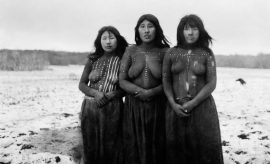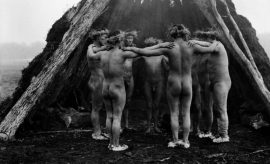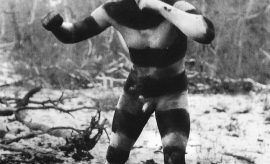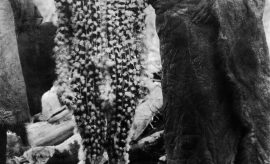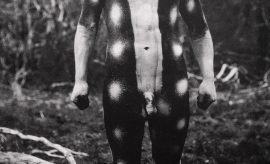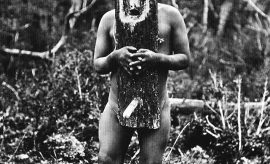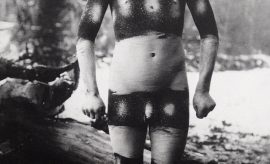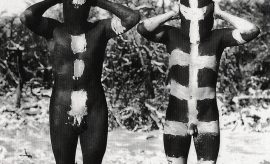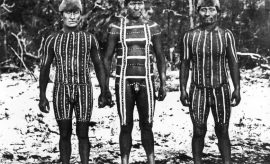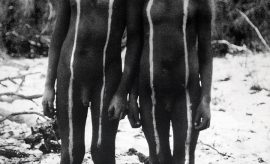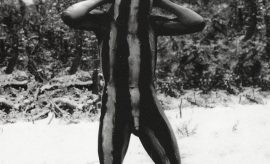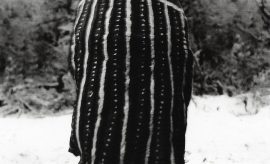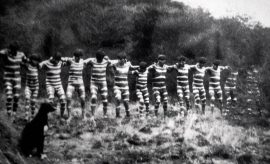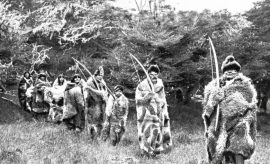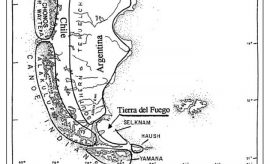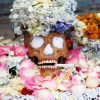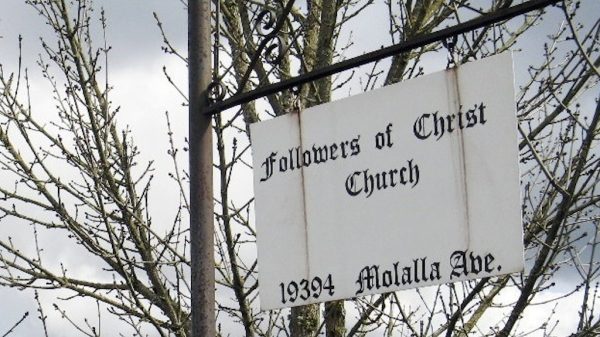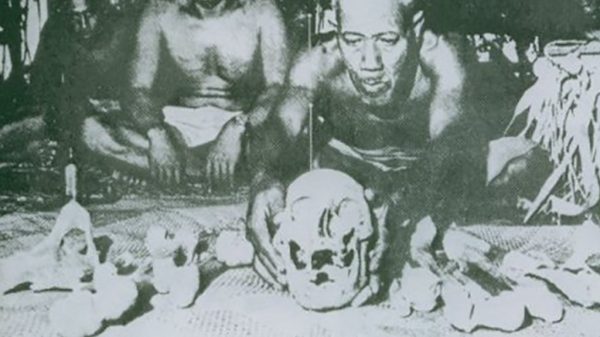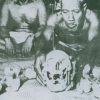Martin Gusinde was a German missionary who traveled to the southernmost tip of South America in 1919 in order to do what missionaries do, convert the locals to Christianity. Instead, he was introduced to the cultures of the indigenous people who lived on the archipelago of Tierra Del Fuego: the Selk’nam, Yamana and Kawesqar peoples. Between 1919 and 1924, he made four trips to Tierra Del Fuego, each time becoming more embedded in their way of life, learning to speak and write their languages and being initiated into their sacred rites. While he was living among the people of these islands, he took over 1000 photos, which have now been compiled along with his notes into the book The Lost Tribes of Tierra Del Fuego: Selk’nam Yamana Kawesqar. These images are breathtaking; showing a people that, like so many cultures throughout history, were destroyed by the European invasion of their lands. The peoples of Tierra Del Fuego disappeared at an alarming rate, with their population going from 3,000 in the late 1800s to 100 at the time that Gusinde was documenting their culture. What always strikes me about images of pre-colonial societies is how deeply art was a part of their cultures, something that everyone participated in and that was ingrained into each community member from birth. What you see below shows the influence of disappeared and destroyed cultures on what we think of as contemporary art today. It’s tragic that humanity is so self-absorbed and short-sighted that we continue to disrespect and denigrate each other to this day, when we could be seeing the beauty in the world around us.
Spotted on Door of Perception

